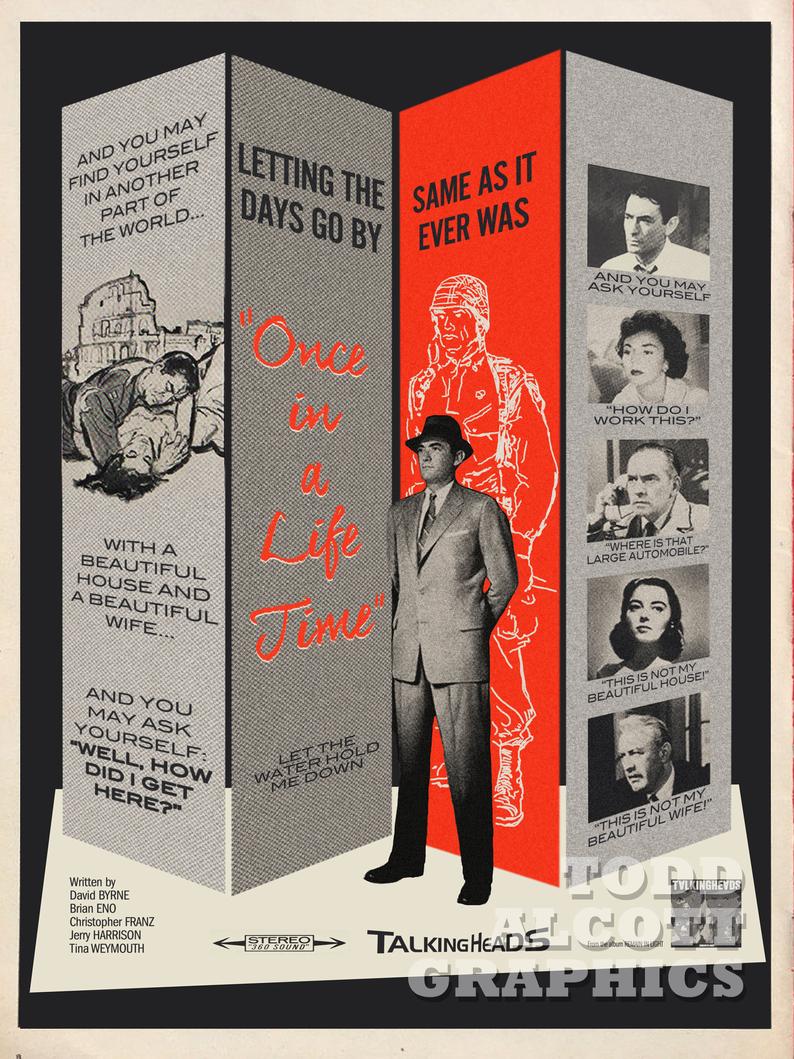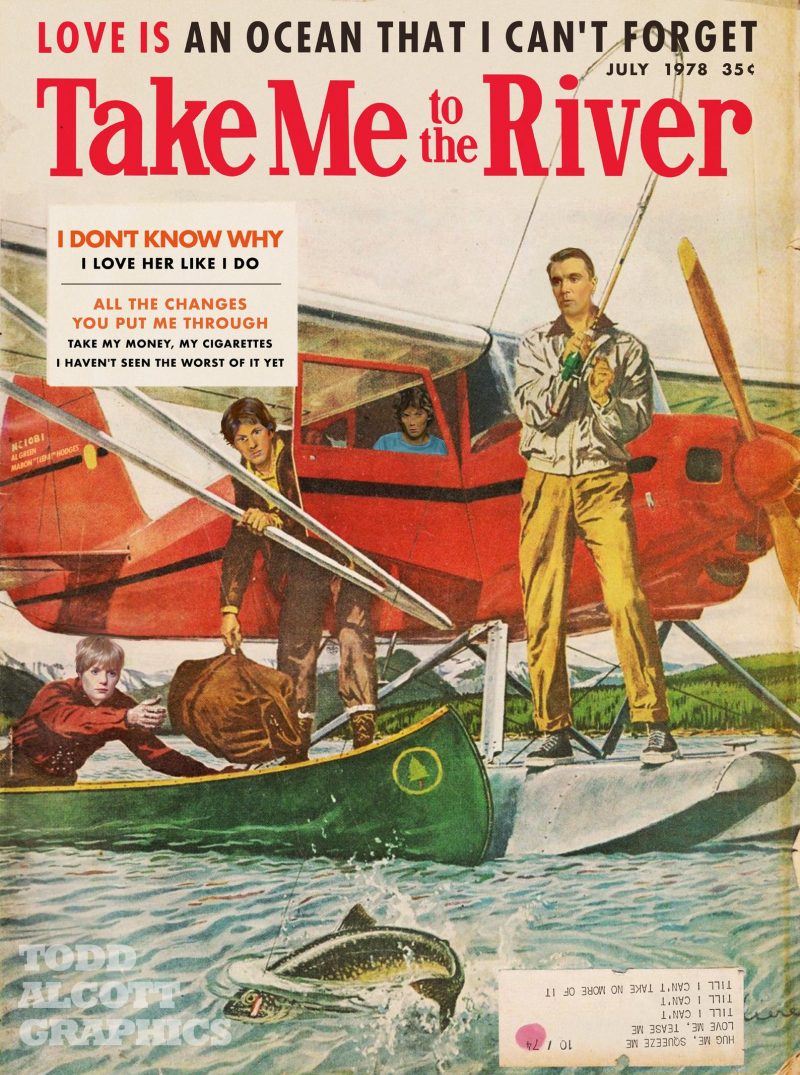One vulgar conception of human evolution holds that we “come from monkeys.” You don’t have to be a bona fide evolutionary biologist to know that’s not quite how we currently understand it to have happened, but how clearly do you grasp the real story? The animation from the American Museum of Natural History above goes over seven million years of evolution in a mere six minutes, and it’s certainly not a straight line down from “monkeys” to us. The video does, however, start its story with apes, and specifically chimpanzees, “our closest living relatives” with whom “we share a common ancestor that lived seven million years ago.”
But we once had “much closer relatives, hominins, who are no longer living.” These we know about through the fossils they left behind in Africa, from which the first known hominin emerged those seven million years ago. Different bones from different species of hominins found elsewhere on the continent suggest small teeth, upright walking, and bipedalism, some of the qualities that distinguish humans from apes.
And though hominins may have walked upright, they also climbed trees, but eventually lost the grasping feet needed to do so. Later they compensated with the very human-like development of making and using stone tools. Two million years ago, the well-known Homo erectus, with their large brains, long legs, and dextrous hands, made the famous migration out of Africa.
We know that by 1.2 million years thereafter Homo erectus’ brains had grown larger still, fueled by new cooking techniques. Only about 200,000 years ago do we, Homo sapiens, enter the picture, but not long after, we interbreed with the various hominin species already in existence as we spread outward to fill “every geographic niche” of the Earth. Ultimately, hominins couldn’t keep up: “Climate pressures and competition with Homo sapiens may have wiped them out.” Now that we’ve seen their story and ours recapitulated, let’s pour one out for the once-mighty hominin who preceded us, lived alongside us, and influenced us in ways genetic and otherwise — at least if it hasn’t given us too much pause wondering when the evolutionarily inevitable successor to Homo sapiens will appear in our midst.
Related Content:
Watch 570 Million Years of Evolution on Earth in 60 Seconds
550 Million Years of Human Evolution in an Illustrated Flipbook
Carl Sagan Explains Evolution in an Eight-Minute Animation
New Animated Web Series Makes the Theory of Evolution Easy to Understand
Richard Dawkins Explains Why There Was Never a First Human Being
10 Million Years of Evolution Visualized in an Elegant, 5‑Foot Long Infographic from 1931
Based in Seoul, Colin Marshall writes and broadcasts on cities, language, and culture. His projects include the book The Stateless City: a Walk through 21st-Century Los Angeles and the video series The City in Cinema. Follow him on Twitter at @colinmarshall or on Facebook.











